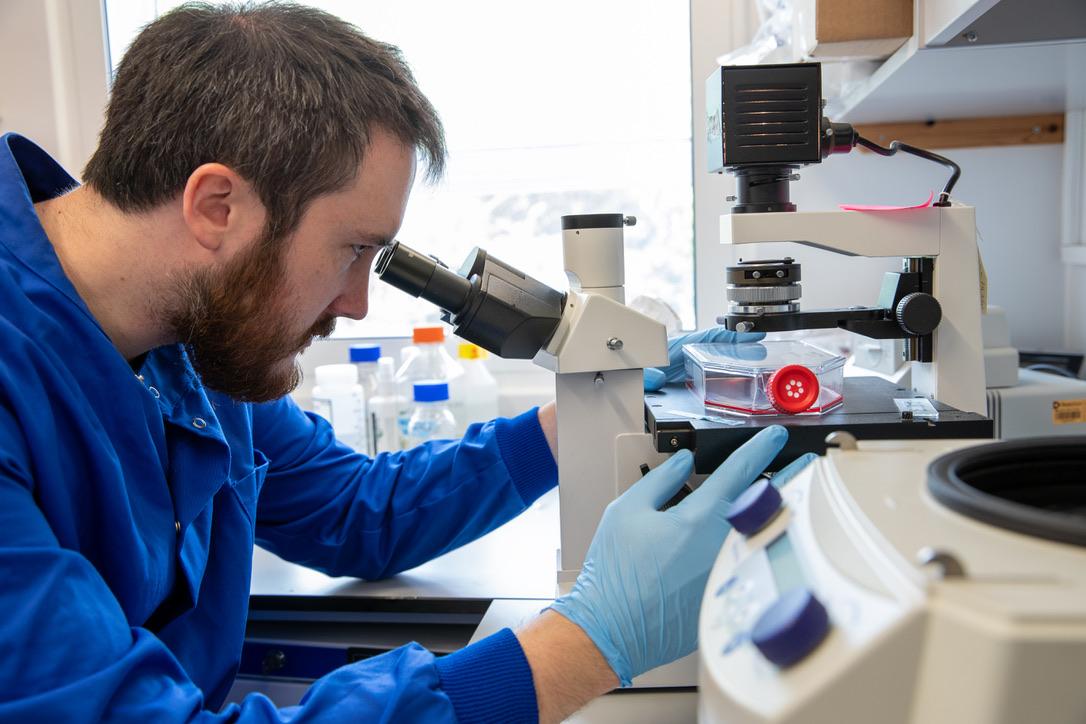
Understanding Immune Correlates
Understanding the immune markers which are associated with protection from infection, disease and death are critical for developing diagnostics, treatments and vaccines. The World Health Organization (WHO) has reiterated that antibodies do not indicate immunity. There is a critical lack of knowledge on the immune response with respect to protection from disease or recurrent disease, pathogen clearance, disease severity and prognosis, and durability of protection. For example, there is a dichotomy of different types of antibody responses: protective versus disease triggering ones. Protective antibody responses are key to reducing severe disease, while disease-triggering antibody responses can increase the levels of inflammation and cause heightened disease severity. Current assays cannot distinguish these two key types of responses.
To address this, the Humoral Immune Correlates of COVID-19 (HICC) and One Health and accelerating Vaccines for Ebola and Lassa (OVEL) projects, among others, apply an innovative, high-throughput platform to characterise in fine-detail the types of antibody responses and the humoral effector mechanisms that are protective from pathogens such as SARS-CoV-2, Lassa virus, Ebolavirus, Crimean Congo Haemorrhagic Fever virus, and Marburg virus. Elucidating the immune characteristics of protection to these diseases is vital in designing and selecting optimal vaccine candidates.
Further, we are building an extended viral sequence database derived from animal reservoirs for two virus families which cause viral haemorrhagic diseases in geographically overlapping regions of West Africa. By gaining new molecular/genomic and antibody data from animal hosts, we gain an understanding of the infection dynamics and viral persistence in their natural reservoirs, while providing essential viral diversity data in reservoirs to discover new vaccine antigens and accelerate truly protective vaccine design.
Find out more about our work in:

